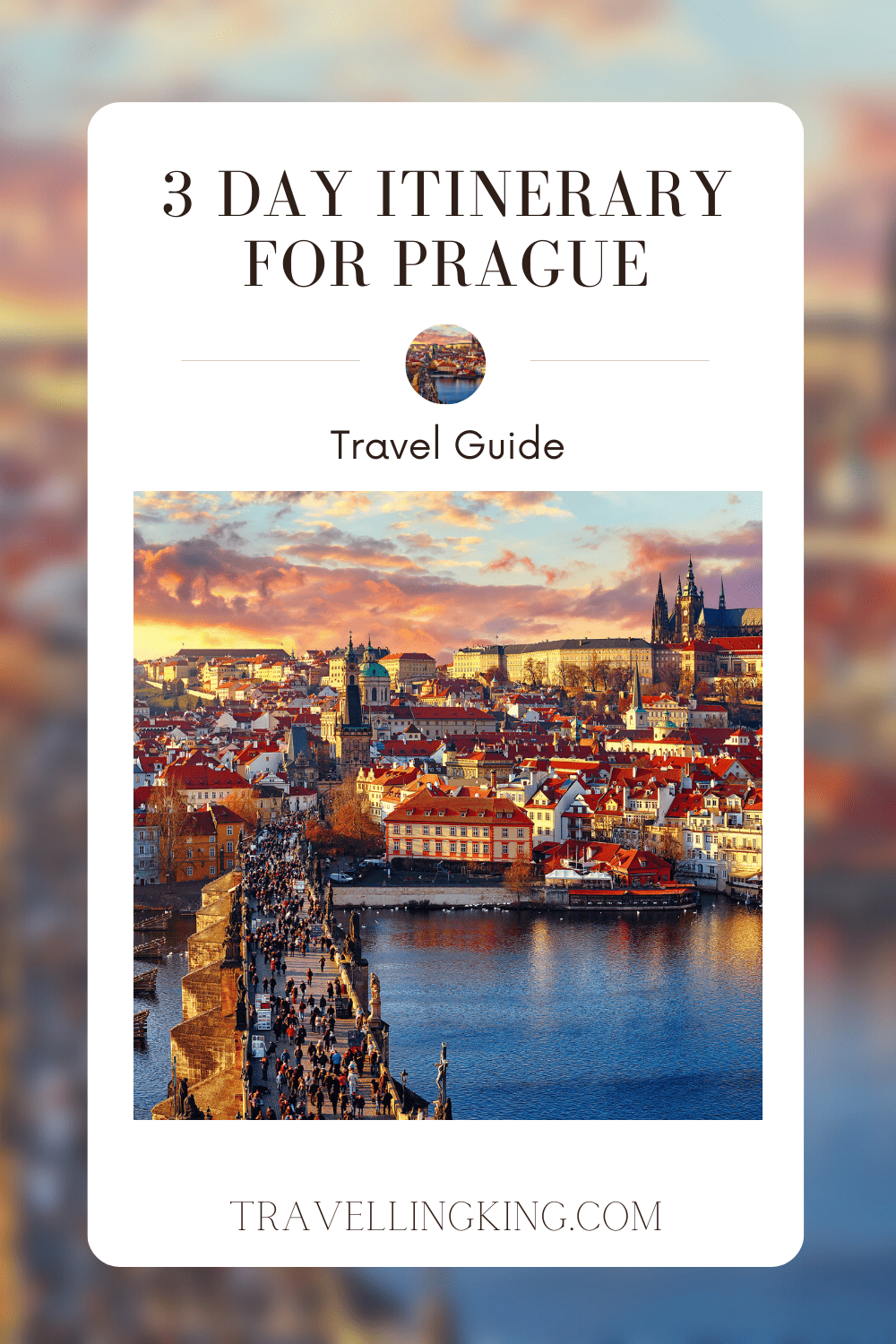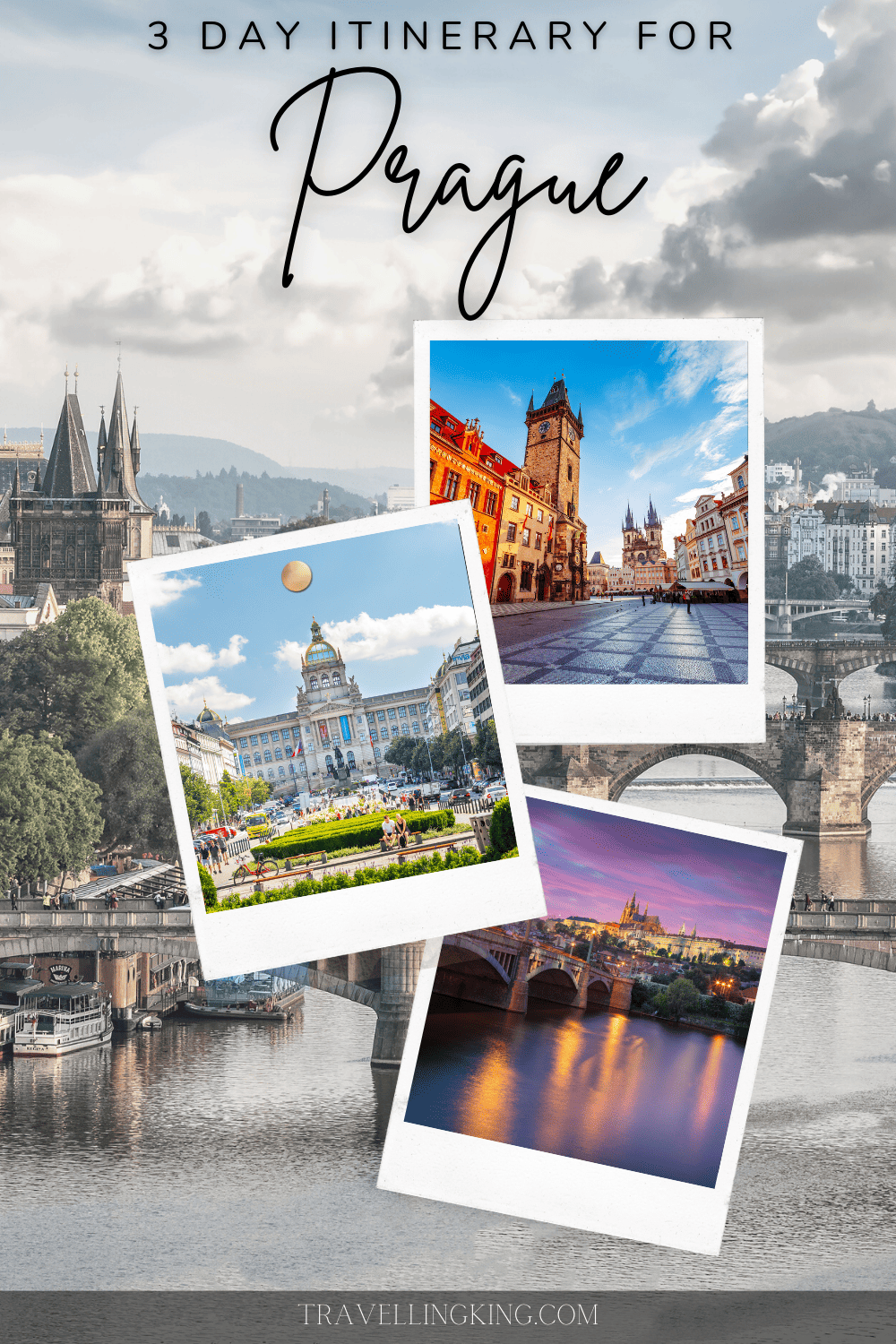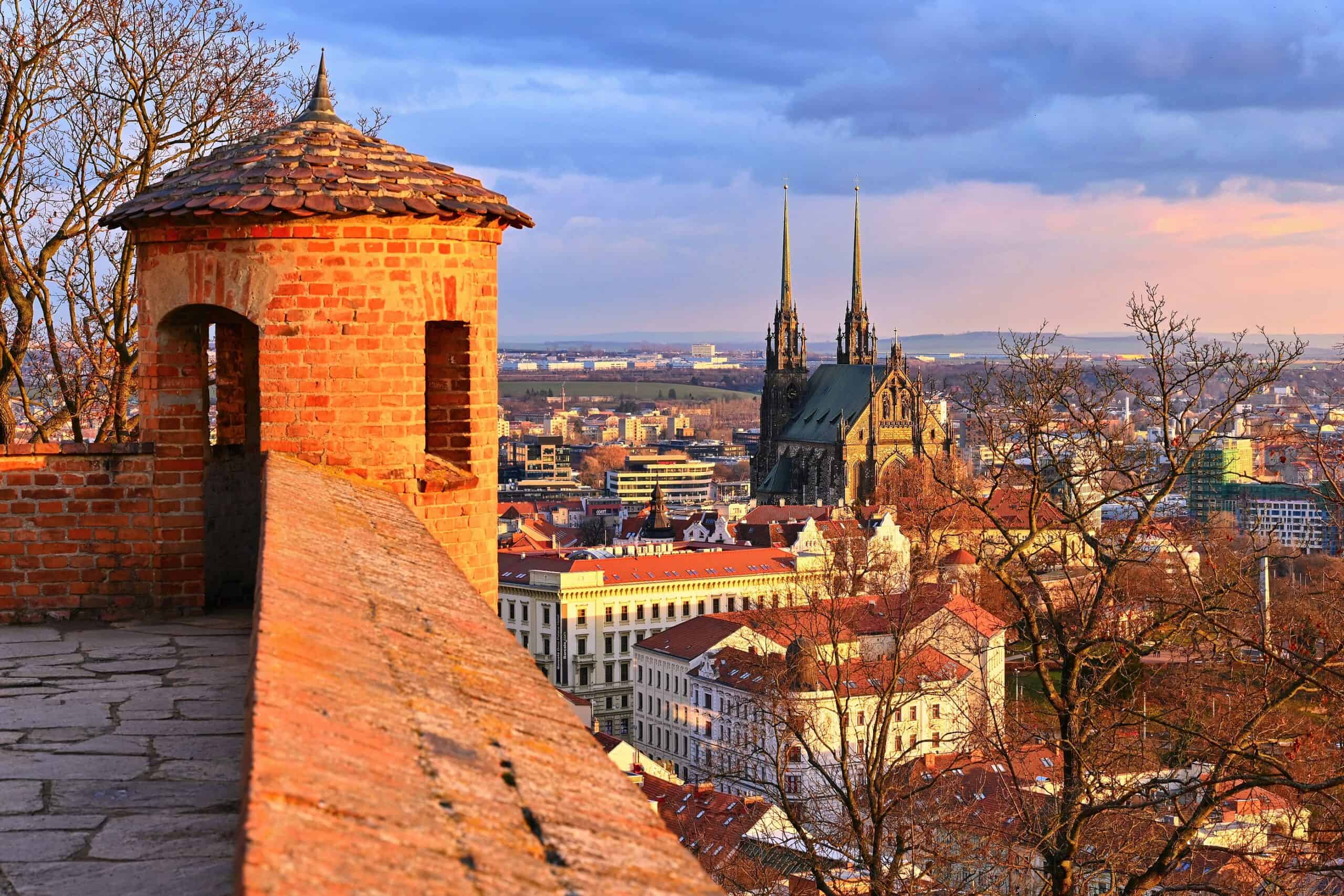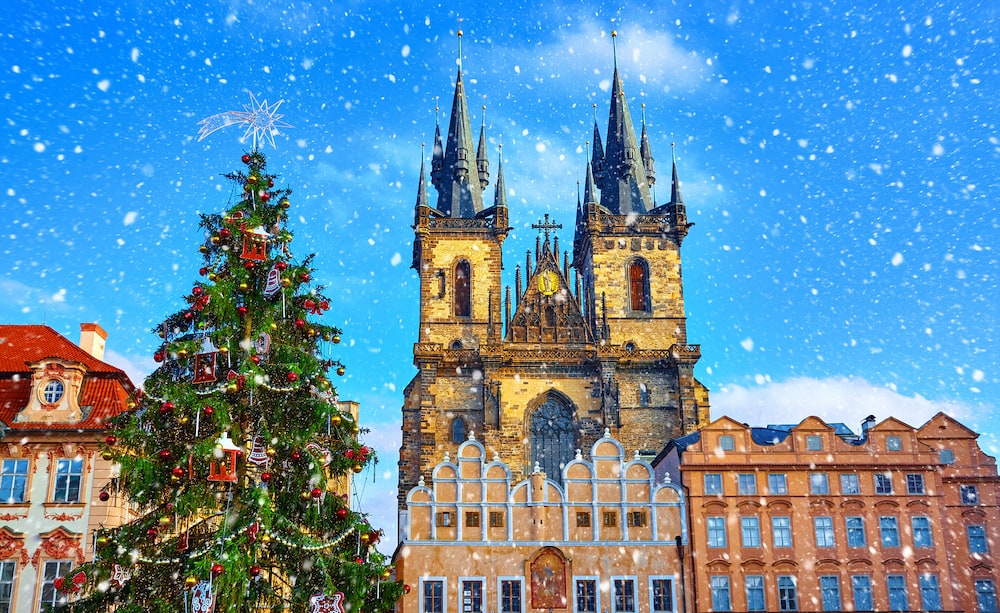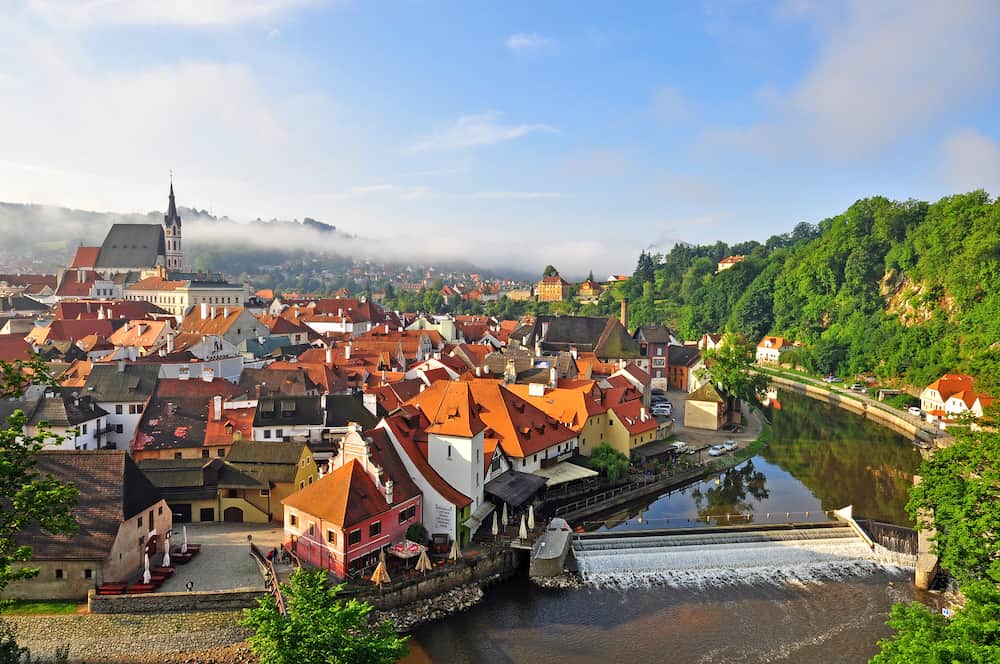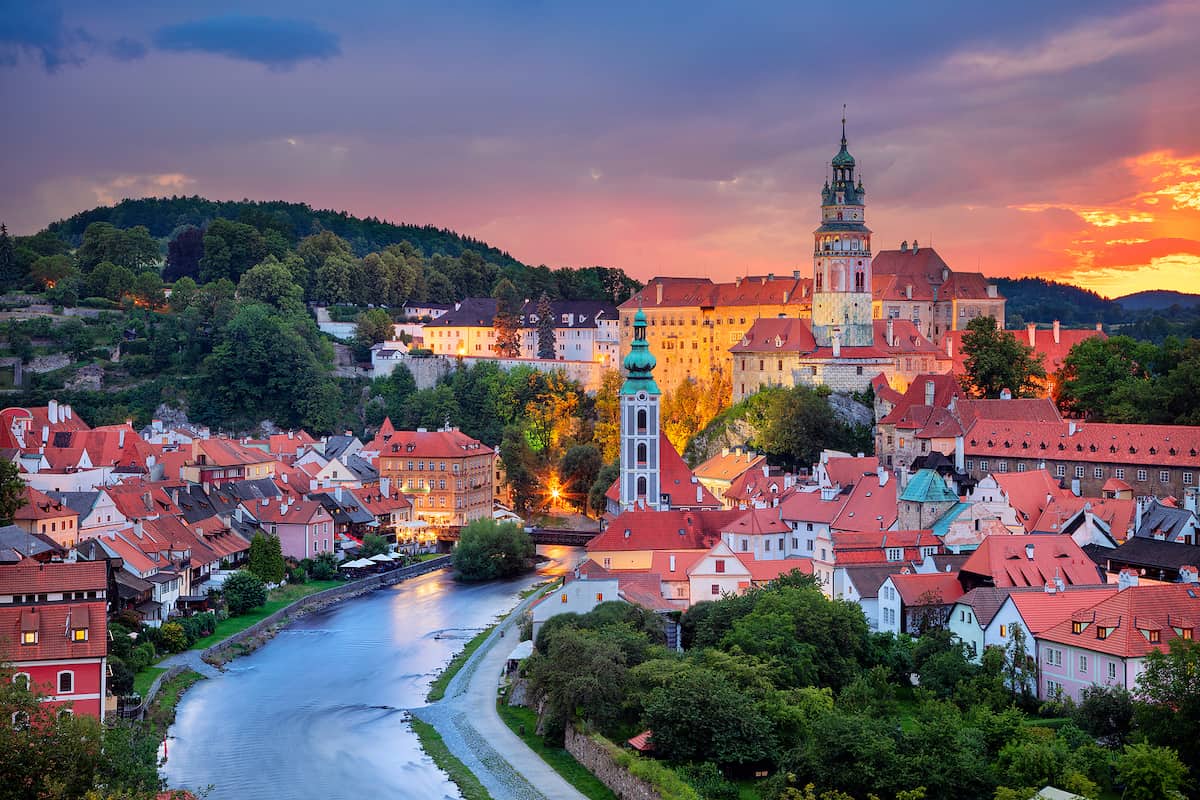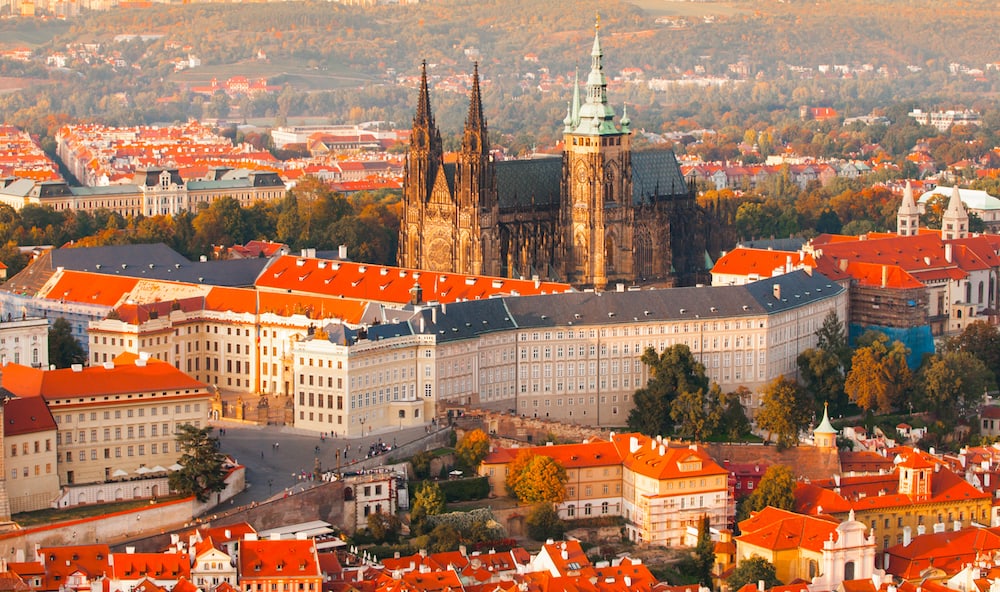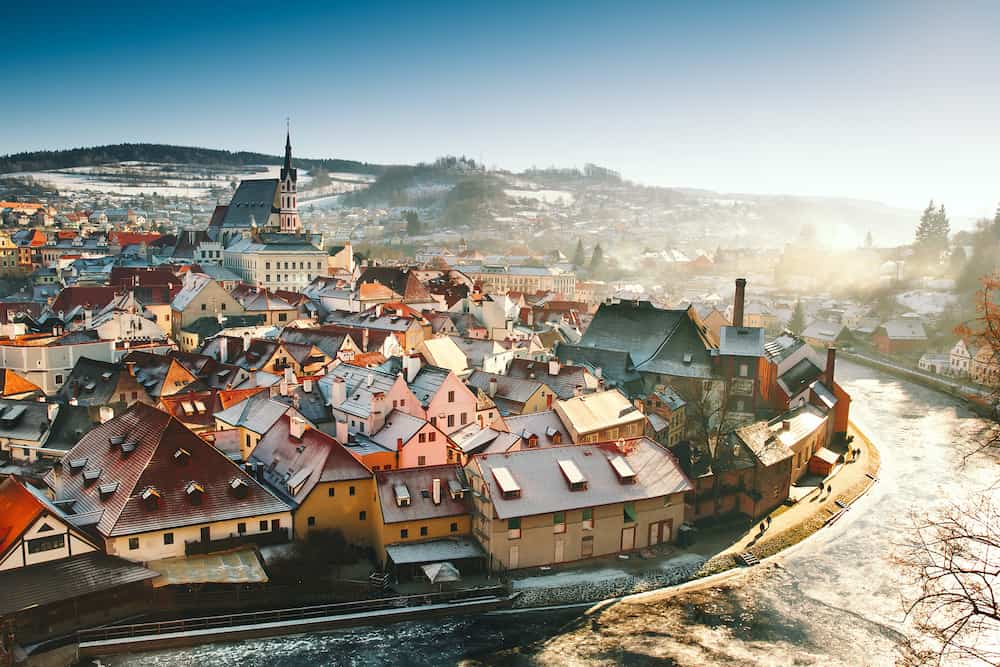3 Day itinerary For Prague
So, you’re heading to the “City of the Hundred Spires”? Lucky you! Prague’s ethereal, fairytale streets are a maze to a different land. One which is scarred by a deep history that now serves as its cultural core. In its place, Prague has blossomed into a city of wonder, immaculate architecture and a charm similar to that of Paris. The spired buildings can be likened to that of a battlefield of swords… And you’ll see what you will see in this 3 days itinerary in Prague.
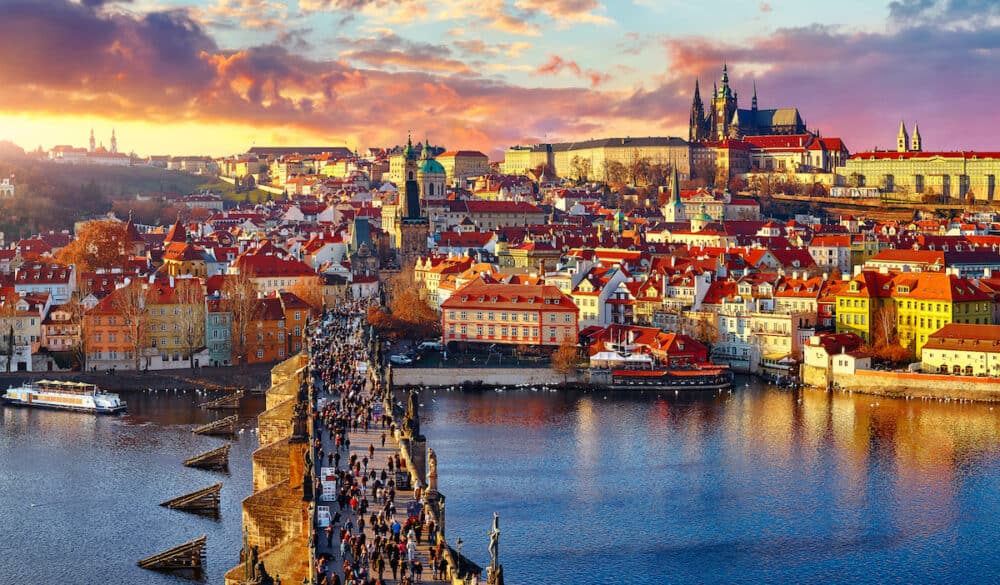
Being centrally located in Europe, Prague has drawn on the cosmopolitan atmosphere of cities such as London, Milan and Budapest to create an atmosphere that cannot be felt elsewhere.
The Old Town (Staré Město) is the historical heart of Prague and a top choice for many tourists. It offers a central location, close to places to visit in Prague in 3 days, such as, the Astronomical Clock, Charles Bridge, and the Old Town Square. Staying in this area provides easy access to restaurants, shops, and nightlife.
If you prefer a residential area with a local vibe, Vinohrady is an excellent choice. Located just east of the city center, this neighborhood offers tree-lined streets, beautiful parks, and a vibrant café culture. Vinohrady is known for its Art Nouveau architecture and is home to the popular Riegrovy Sady Park.
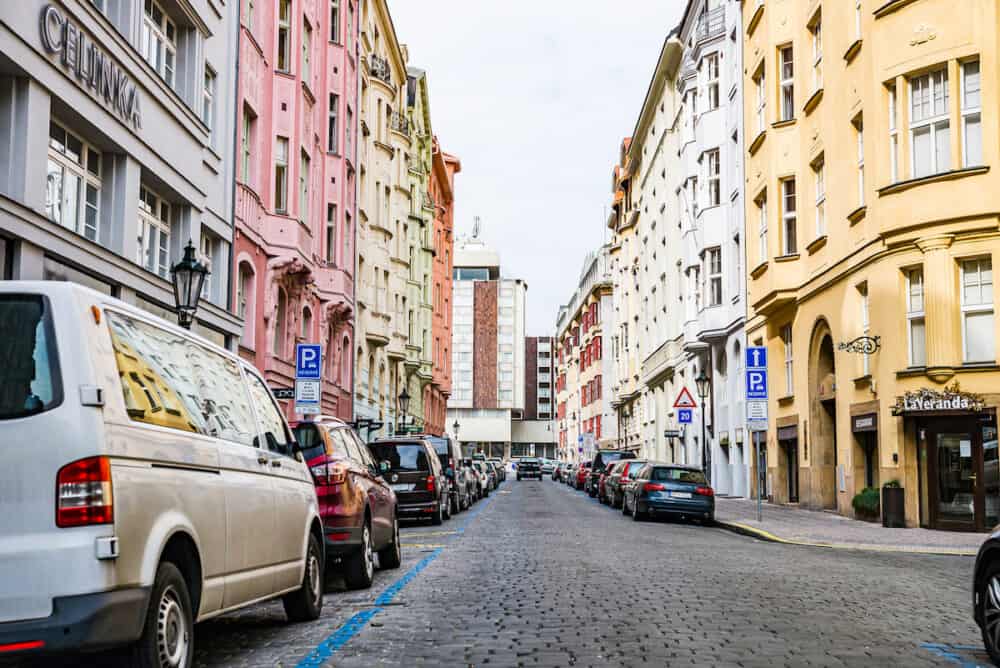
Spring (April to June) is a beautiful time to visit Prague as you’ll get to experience the city alongside blossoming flowers and mild temperatures. The weather is generally pleasant, although occasional rain showers are possible. The city is less crowded than in the summer, making it an ideal time to explore the attractions comfortably.
Winter (November to February) in Prague is a magical time to visit, especially around the Christmas season. The city is adorned with festive decorations, Christmas markets, and a cozy ambiance. Although, December sees the most visitors due to the holiday season.
If you’re wondering how many days in Prague is ideal or how many days do you need in Prague? or can you visit Prague in 3 days? Well it all depends on what your plans are? You could easily spend a few weeks in Prague or 2 months and still not see or do everything.
Below is a great guide on what to do in Prague for 3 days because sometimes 3 days in Prague is all you have, especially if you’re spending a weekend in Prague or you’re travelling to Prague on short stop over trip and want to be able to tour some of the main areas within Prague.
In a hurry and need help quick?
Making last-minute plans for your Prague itinerary. We’ve got you covered. Our recommended hotels and tours for a getaway to Prague are listed below.
Recommended hotels:
- The RoadHouse Prague (hostel)
- B&B Hotel Prague City (budget hotel)
- Miss Sophie’s Charles Bridge (mid-range hotel)
- Duplex apartment with 3 bedrooms (family hotel)
- Alchymist Grand Hotel and Spa (luxury hotel)
Recommended tours:
- Prague Foodie Tour
- Best of Prague Walking tour and Cruise with Authentic Czech Lunch
- 3-hour Complete Prague Bike Tour
- Prague Ghosts and Legends of Old Town Walking Tour
- Communism and Bunker Walking Tour in Prague
Other Helpful Links
- Cheap flights
- Savings on accommodation from hostels to luxury hotels
- Affordable car rental options
- Affordable sightseeing tours and day trips
- Travel Adapter – All in one so you don’t have to carry a bunch around
- Wise Card : hold up to 40+ currencies at once to spend in in over 150 countries
This post contains some affiliate links for your convenience. Click here to read my full disclosure policy. You can also read our content/editorial policy here.
Overview Of 3 Days In Prague Itinerary
Day 1 in Prague
- Old Town Square
- Old Town Hall
- Saint Vitus Cathedral
- John Lennon wall
Day 2 in Prague
- Old Jewish Cemetery
- Prague Castle
- Charles Bridge
- Astronomical Clock
Day 3 in Prague
- Wenceslas Square
- Vltava River
- National Museum
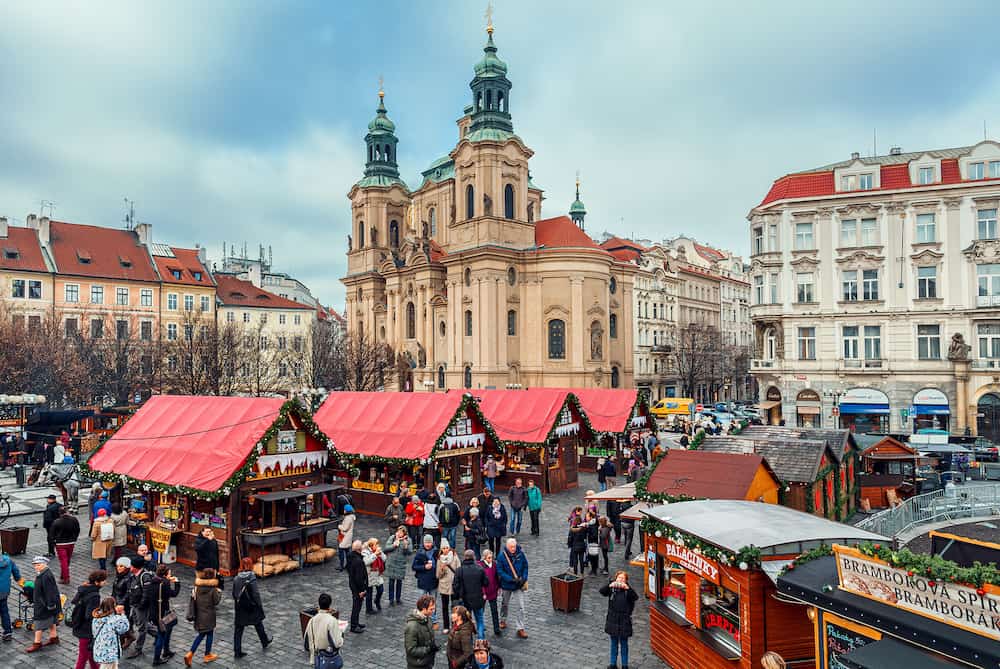
Day 1 in Prague
Old Town Square
Starting off with one of the more popular things to see in Prague in 3 days; Old Town Square, or Staroměstské náměstí in Czech, is the historic and cultural center of Prague. Why start your three days in Prague anywhere else than at the very beginning of Prague’s historical timeline?
Old Town Square is surrounded by an impressive ensemble of architectural landmarks, representing various styles and periods. The most prominent structure is the Church of Our Lady before Týn, with its distinctive twin spires dominating the skyline.
Standing at the center of Old Town Square is the Jan Hus Memorial, a statue commemorating the Czech religious reformer Jan Hus. The monument is an important symbol of Czech nationalism and Protestant heritage.
Located on the opposite side of the square from the Church of Our Lady before Týn, the Baroque-style Church of St. Nicholas is another architectural gem.
Its stunning interior features elaborate frescoes, gilded ornaments, and a magnificent dome. The church often hosts classical music concerts, providing you with a unique cultural experience.
Sip an espresso from one of the multiple vendors nearby while you walk through the Old Town.
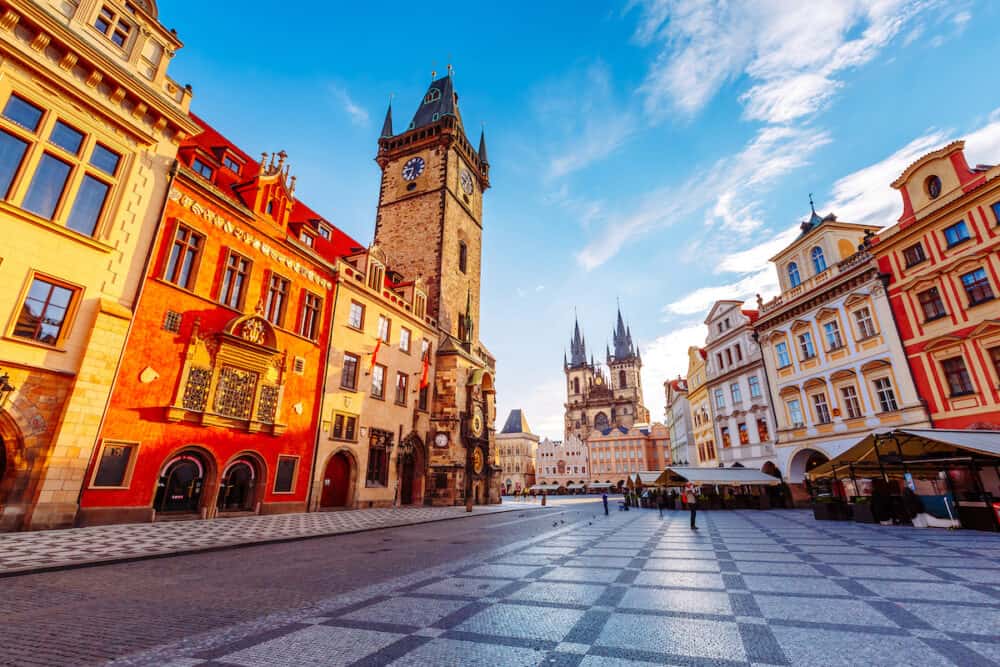
Old Town Hall
While you wander through the Old Town, you’ll come across the Old Town Hall, which is worth seeing for numerous reasons.
The most recognizable part of the Old Town Hall is its Gothic Tower, which dates back to the late 14th century.
The tower stands tall at approximately 69 meters (226 feet) and offers breathtaking views of Prague’s skyline. Climb the tower to see pieces of the Old Town Square, the city’s rooftops, and even glimpses of Prague Castle and the Vltava River.
Within the Old Town Hall complex, you’ll find the Old Town Hall Chapel. This small, serene chapel is a hidden gem, boasting beautiful Gothic vaulting, exquisite stained glass windows, and religious art.
It provides a tranquil space for reflection amidst the bustling atmosphere of the square. Today is all about taking it slow and easing into your time in Prague, so breathe, relax and meander.
The Old Town Hall is home to a museum that delves into the rich history of Prague and the Old Town Square.
The museum exhibits artifacts, documents, and interactive displays that showcase the city’s development over the centuries. Additionally, you can explore the underground Gothic halls, which were once used as a prison and torture chamber.
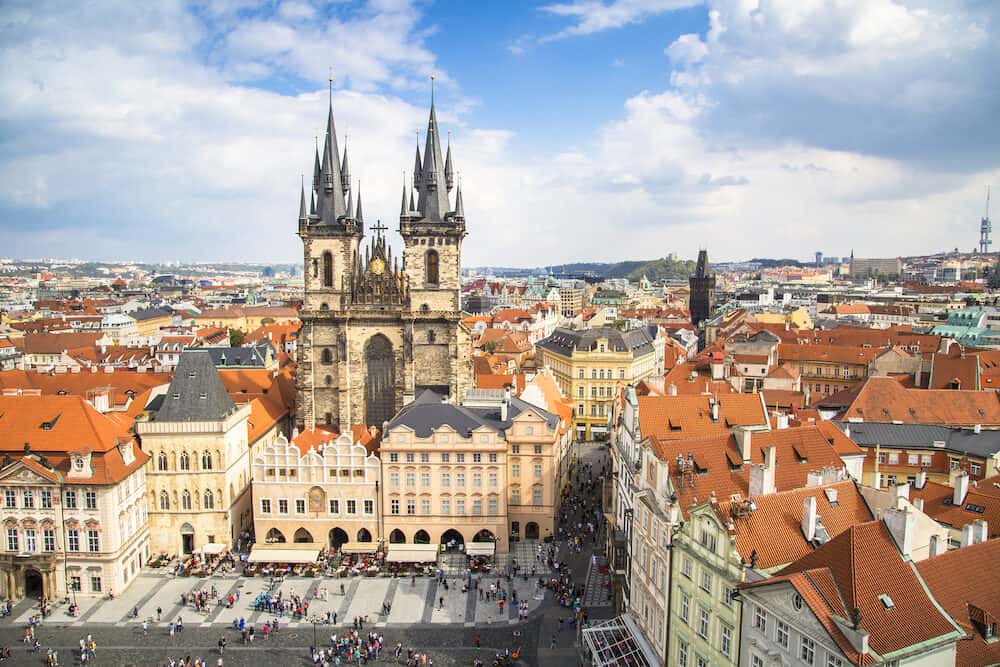
Saint Vitus Cathedral
As the afternoon draws near, you’ll continue your cathedral catharsis at St. Vitus Cathedral (Katedrála svatého Víta), which is one of the most magnificent and important religious structures in Prague.
It is situated within the Prague Castle complex and stands as a symbol of Czech history, spirituality, and architectural grandeur.
Vitus Cathedral is a stunning example of Gothic architecture, with elements of French High Gothic and Czech Late Gothic styles. Construction of the cathedral began in the 14th century and spanned several centuries, resulting in a fusion of architectural influences.
The cathedral’s intricate spires, flying buttresses, pointed arches, and ornate façade are a testament to the mastery of Gothic craftsmanship.
One of the highlights of St. Vitus Cathedral is the St. Wenceslas Chapel. It is dedicated to the patron saint of Bohemia, St. Wenceslas, and is known for its mosaic decorations, semi-precious stones, and medieval frescoes. The chapel’s golden star-shaped vault and richly decorated walls make it a jewel within the cathedral.
St. Vitus Cathedral serves as the final resting place for many Czech kings, queens, and Holy Roman Emperors.
The cathedral’s Royal Mausoleum houses the tombs and sarcophagi of prominent historical figures, such as Charles IV, Wenceslas IV, and Rudolf II. The mausoleum is a testament to the cathedral’s significant role in the country’s royal history.
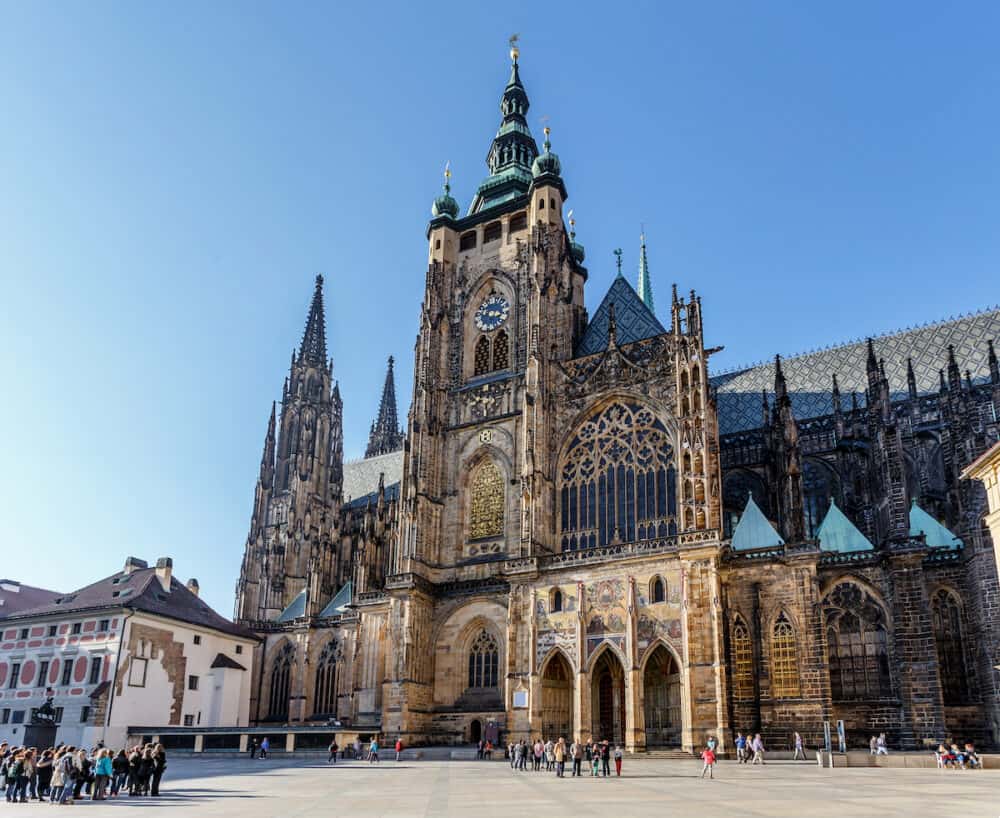
John Lennon Wall
End off the afternoon with a visit to the John Lennon wall. It is a unique and colorful landmark located in the Mala Strana district of Prague. It is a symbol of peace, freedom, and artistic expression, inspired by the legendary musician and peace activist, John Lennon.
The wall gained prominence during the 1980s as a site of political and cultural rebellion against the communist regime in Czechoslovakia.
Following John Lennon’s assassination in 1980, his messages of peace, love, and freedom resonated strongly with the Czech youth, who used the wall as a canvas to express their discontent and desire for change.
If you had to leave a mark on this earth, what would it be? This is your chance to add a piece of your artistic flair to the wall…
The John Lennon Wall is a continuously evolving mural, with its graffiti and artwork constantly changing. Visitors are encouraged to add their own messages, artwork, and tributes, making it an ever-evolving symbol of individual expression and freedom of speech.
The wall showcases a mix of Beatles lyrics, peace symbols, portraits of Lennon, and various artistic styles, reflecting the diversity of voices and ideas that converge on the wall.
Enjoy a quiet evening at one of the local restaurants in the Old Town and rest up for another full day in Prague tomorrow.
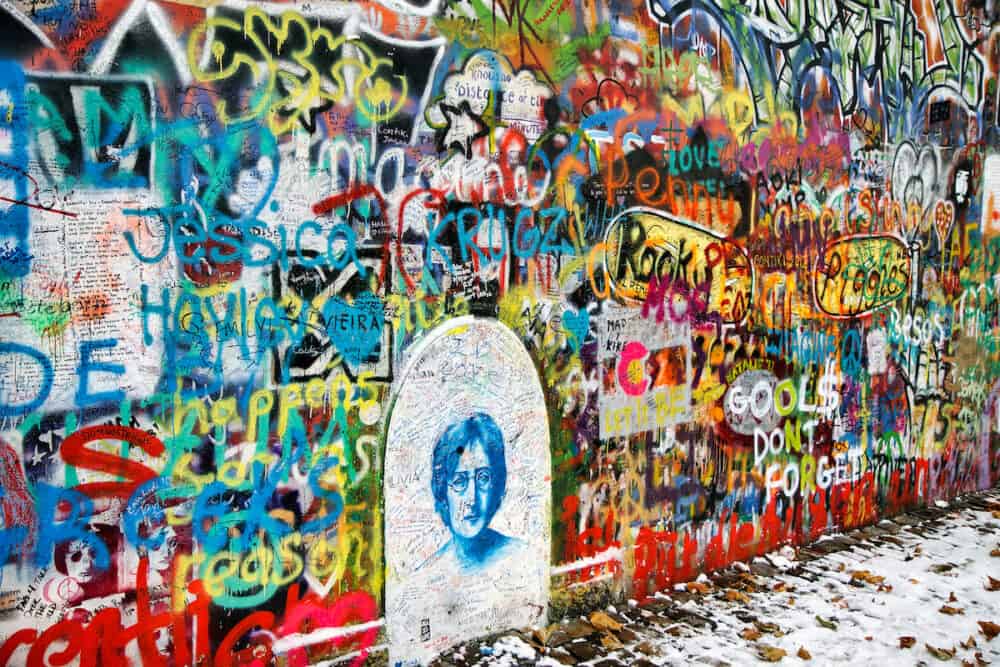
Day 2 in Prague
Old Jewish Cemetery
Today is for learning. If you’re not familiar with Prague’s Jewish community, you’re about to be.
The Old Jewish Cemetery (Starý židovský hřbitov) is a poignant and historically significant site located in the Josefov district of Prague.
It is one of the oldest and most remarkable Jewish cemeteries in Europe, serving as a testament to the rich and complex history of the Jewish community in Prague.
The Old Jewish Cemetery dates back to the 15th century and was the primary burial ground for Prague’s Jewish community for over three centuries.
Its historical significance lies in the fact that it is one of the few surviving Jewish cemeteries in Europe, having endured centuries of persecution and the destruction of Jewish neighborhoods during various periods of Prague’s history.
The cemetery is the final resting place for many notable figures from Prague’s Jewish community, including rabbis, scholars, and prominent community members.
One of the most visited graves is that of Rabbi Judah Loew ben Bezalel, also known as the Maharal, a revered figure in Jewish mysticism and folklore. His grave has become a pilgrimage site for those seeking spiritual connection and inspiration.
Within the Old Jewish Cemetery, you’ll find several Holocaust memorials that pay tribute to the victims of Nazi persecution during World War II. These memorials serve as reminders of the devastating impact of the Holocaust on the Jewish community in Prague and across Europe.
This is a thought-provoking experience that may not be for everyone, but it is a morosely beautiful way to understand more about the city you’re walking through.
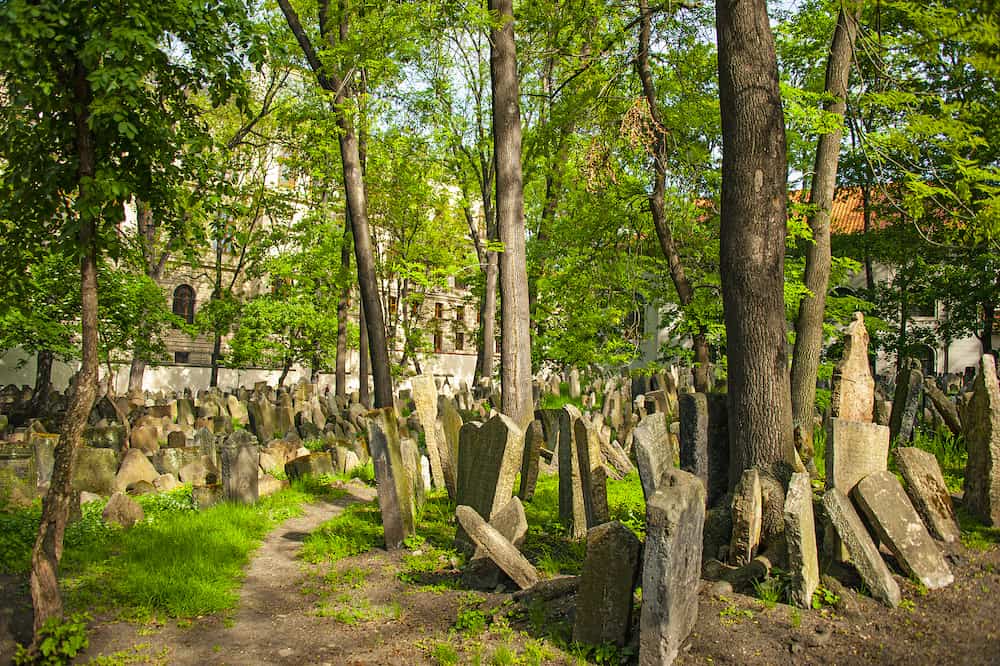
Prague Castle
Onto brighter, happier places, with fairy tale endings… Literally. You’ll head to the Prague Castle next to live like a royal for a few hours.
Prague Castle has a deep history dating back over a thousand years, making it one of the oldest and largest castles in the world.
It served as the seat of Czech kings, emperors, and presidents throughout different eras, playing a pivotal role in shaping the country’s political and cultural landscape.
Notable structures to look out for within the complex include St. Vitus Cathedral, the Old Royal Palace, the Golden Lane, and the Basilica of St. George.
One of the popular attractions at Prague Castle is the Changing of the Guard ceremony. Held every hour, this ceremonial event features the formal changing of the castle guards, complete with a musical accompaniment.
Located within the castle complex, the Golden Lane is a charming and picturesque street lined with small, colorful houses.
Originally built in the 16th century, the houses now host shops, exhibitions, and displays showcasing the lives of castle residents throughout history. The street derives its name from the goldsmiths who once inhabited it.
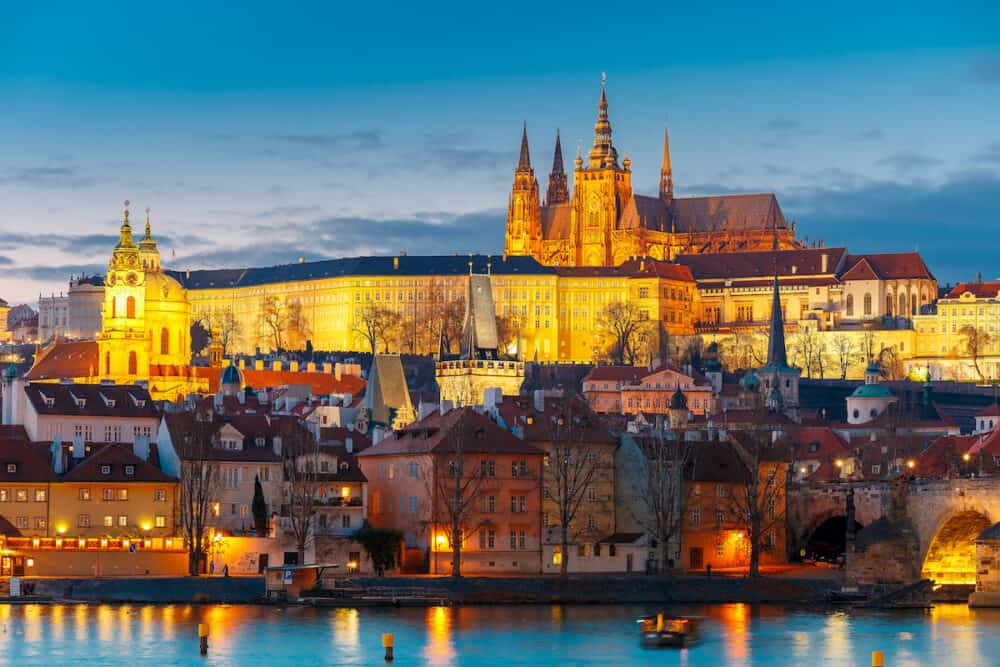
Charles Bridge
Every outfit needs an accessory, and Prague’s diamond ring is Charles Bridge. Known as Karlův in Czech, the bridge is an iconic landmark and one of the most beloved attractions in Prague. Spanning the Vltava River.
This historic bridge connects the Old Town (Staré Město) with the Lesser Town (Malá Strana) and stands as a symbol of Prague’s history and beauty.
Charles Bridge has a storied history that dates back to the 14th century. It was commissioned by King Charles IV and completed in the early 15th century. The bridge served as the main link between the Old Town and the Prague Castle, playing a crucial role in the city’s trade and transportation.
It stretches approximately 520 meters (1,706 feet) in length and is adorned with a total of 30 statues, many of which are replicas of the original sculptures. Each statue has its own story, representing saints, religious figures, and important historical figures.
Charles Bridge is steeped in legends and superstitions. One of the most famous legends is that if you touch the statue of St. John of Nepomuk, located on the bridge, it will bring good luck and ensure your return to Prague.
The statue is also said to possess the power to grant wishes. Although, what more could you possibly wish for? You’re in Prague!
If you had to make a wish though, make sure to include that you’d like to see the Astronomical clock, which is where you’ll be heading next.
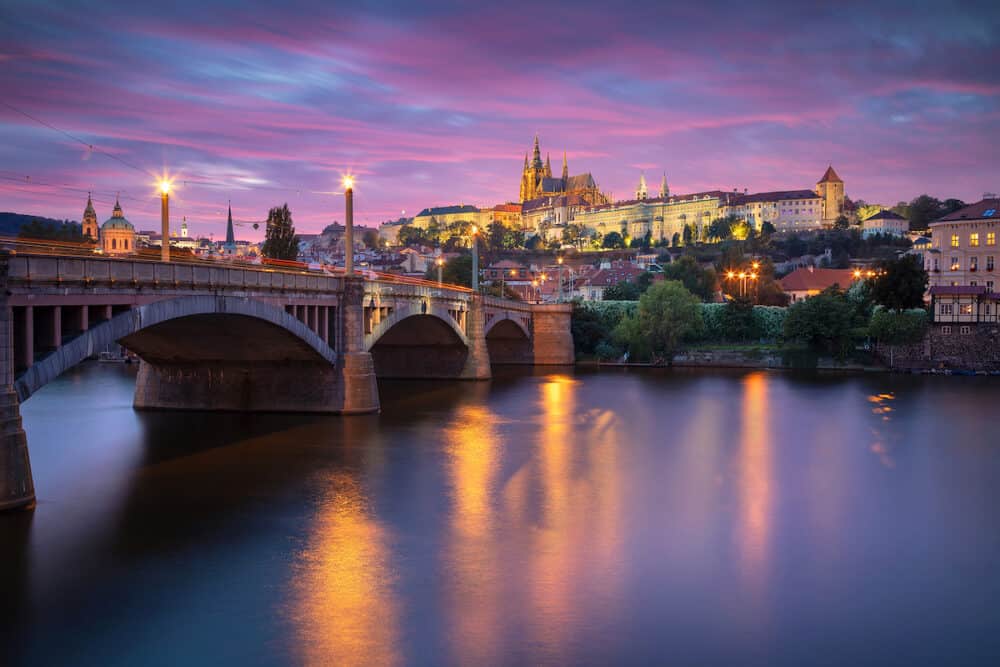
Astronomical Clock
The Astronomical Clock, also known as the Prague Astronomical Clock or Orloj, is a fascinating and intricate timepiece located on the southern wall of the Old Town Hall in Prague’s Old Town Square.
It is one of the oldest and most famous astronomical clocks in the world, with a history that spans over six centuries.
The Astronomical Clock was installed in 1410, making it one of the oldest functioning astronomical clocks in existence. It was created by master clockmaker Mikuláš of Kadaň in collaboration with Jan Šindel, a professor of mathematics and astronomy.
The clock has survived various historical events, including fires and wars, and remains an important symbol of Prague’s cultural heritage. It’s the definition of a “strong soldier”.
One of the most captivating features of the Astronomical Clock is the hourly procession known as the Walk of the Apostles.
At the top of the hour, a small door above the clock face opens, and a parade of the twelve Apostles appears, accompanied by figurines representing Vanity, Greed, Death, and the Turk. Gather in the Old Square to witness this mechanical magic.
Is that the time already? You’ve just finished your second day in Prague. Clearly, time really does fly when you’re having fun.
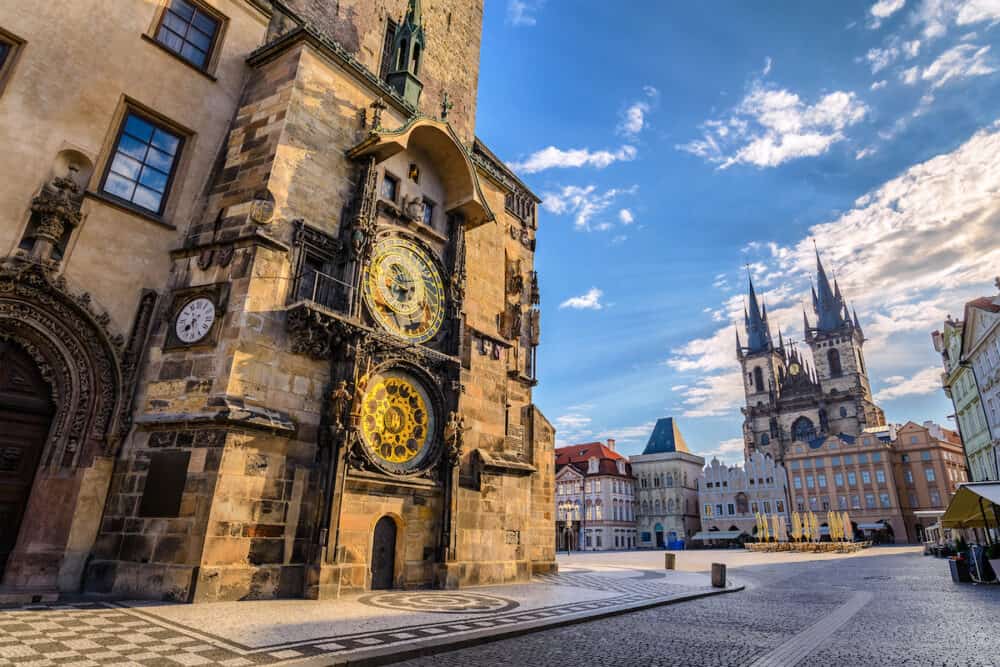
Day 3 in Prague
Wenceslas Square
For your final day in Prague, you’ll emerge from a 2 day time capsule gradually to become accustomed to the modern world again.
Wenceslas Square, known as Václavské náměstí in Czech, is a vibrant and historically significant square located in the New Town (Nové Město) of Prague.
It was originally established in the 14th century as a horse market and later transformed into a vibrant public space.
The square has witnessed significant historical moments, including political demonstrations, protests, and celebrations, making it a symbol of Czech national identity and the fight for freedom and democracy.
It is filled to the brim with shops, restaurants, cafés, and theaters, making it a popular destination for locals and tourists. The square’s vibrant atmosphere and lively energy contribute to its status as a vibrant urban hub.
The square has long been a gathering place for cultural and social activities. Festivals, concerts, and public celebrations are frequently held here, attracting both locals and visitors.
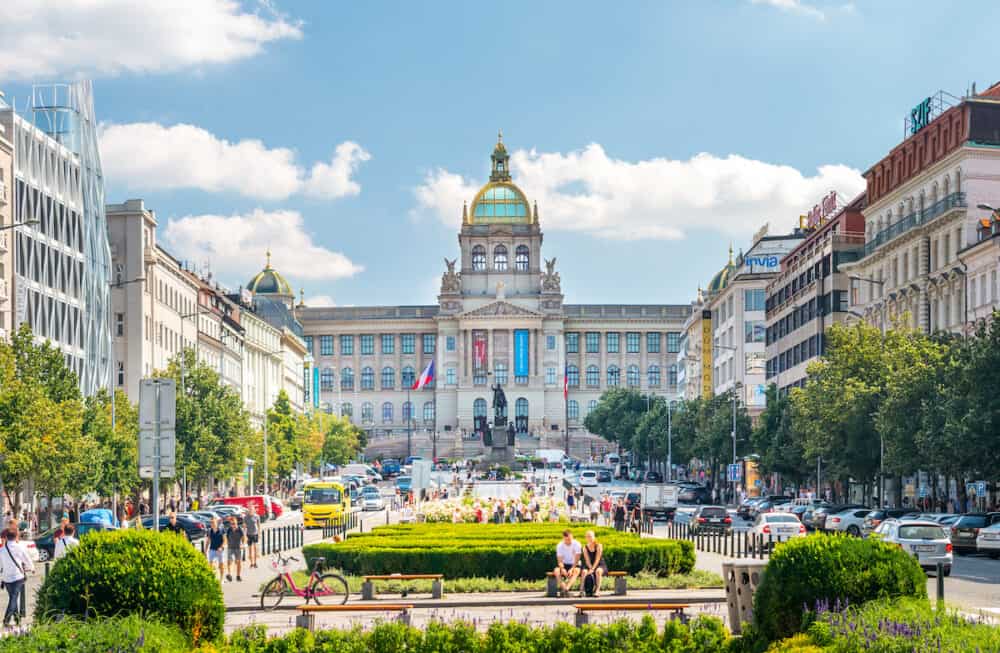
The Vltava River
You’ve done a lot of walking over the past 2 days, so kick your feet up and drift along the Vltava River.
The Vltava River, also known as the Moldau in German, is the longest river in the Czech Republic and one of the defining features of Prague as it meanders through the heart of the city.
The river divides Prague into two main sections: the Lesser Town (Malá Strana) on the left bank and the Old Town (Staré Město) and New Town (Nové Město) on the right bank. Its presence adds charm and serenity to the cityscape, providing a tranquil escape from the bustling streets.
The river serves as a recreational hub for both locals and visitors. On warm days, people flock to the riverbanks for picnics, sunbathing, and leisurely walks. It’s also common to see kayakers and paddleboarders navigating the river’s gentle currents.
Additionally, there are numerous waterfront parks, such as Letná Park and Stromovka Park, where you can relax and enjoy the riverfront atmosphere.
The Vltava River serves as a backdrop for various festivals and events throughout the year. One of the most spectacular displays is the Prague International Fireworks Festival, where fireworks light up the sky above the river, creating a dazzling spectacle.
The riverbanks also host music festivals, open-air concerts, and other cultural events.
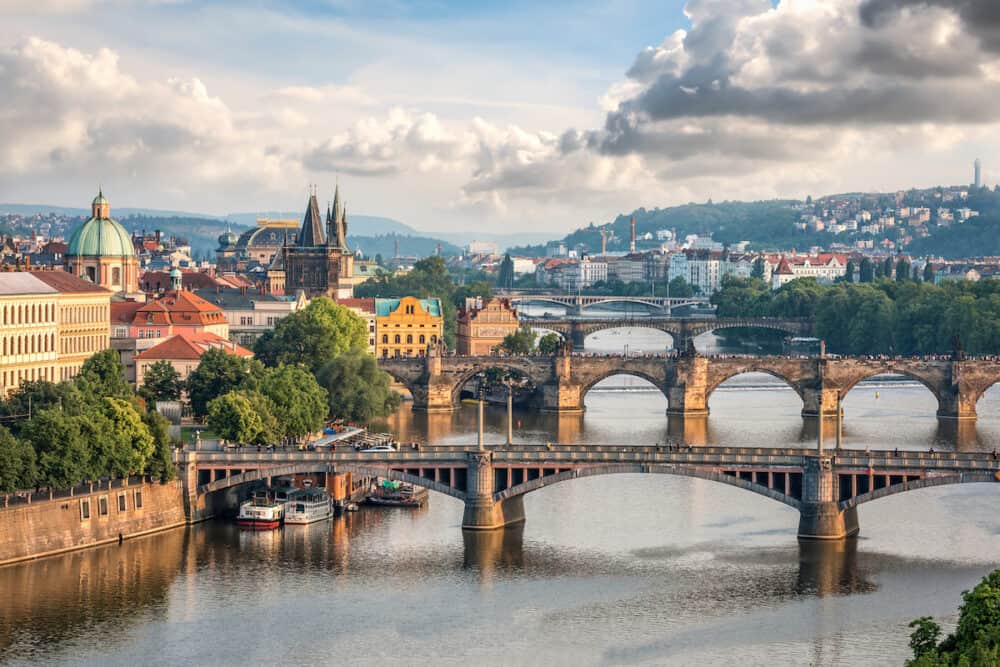
The National Museum
Finally, to observe the timeline of everything you’ve seen during your 3 day trip to Prague, finish off at the National Museum.
The National Museum, located at the top of Wenceslas Square in Prague, is a cultural and scientific institution that plays a crucial role in preserving the nation’s heritage, promoting research and education, and offering a comprehensive understanding of Czech history, art, and natural sciences.
The National Museum houses extensive collections that encompass a wide range of disciplines. Its permanent exhibitions cover fields such as natural history, archaeology, anthropology, art, music, and history.
The collections comprise millions of objects, including fossils, minerals, archaeological artifacts, historical documents, paintings, sculptures, decorative arts, and more. These collections provide valuable insights into the nation’s cultural, historical, and scientific heritage.
In addition to its permanent collections, the National Museum hosts temporary exhibitions that explore diverse topics, including contemporary art, photography, special archaeological discoveries, and significant historical events.
The museum also organizes cultural events, lectures, conferences, and concerts that contribute to the cultural life of Prague and attract a wide range of audiences.
Spend your last few hours in Prague with a visit to one of Prague’s stylish rooftop bars or panoramic terraces. Sip on creative cocktails or fine Czech beers while enjoying stunning views of the city skyline.
The rooftop bars atop modern hotels or historic buildings offer a chic and sophisticated ambiance, providing the perfect setting to reflect on the beauty of Prague.
Don’t miss the chance to try iconic dishes such as goulash, svíčková, and trdelník, and indulge in the city’s rich culinary scene.
Prague is renowned for its thriving music scene, so indulge in a live performance after dinner to enhance your evening. Attend a jazz concert at one of the city’s intimate jazz clubs, where talented musicians captivate the audience with their improvisation and soulful melodies.
Alternatively, experience the elegance of classical music by attending a concert in one of Prague’s historic churches or concert halls.
If you’re passionate about photography, take advantage of Prague’s captivating nighttime scenery. Capture the city’s illuminated landmarks, the reflections on the Vltava River, and the charming cobblestone streets adorned with soft lighting.
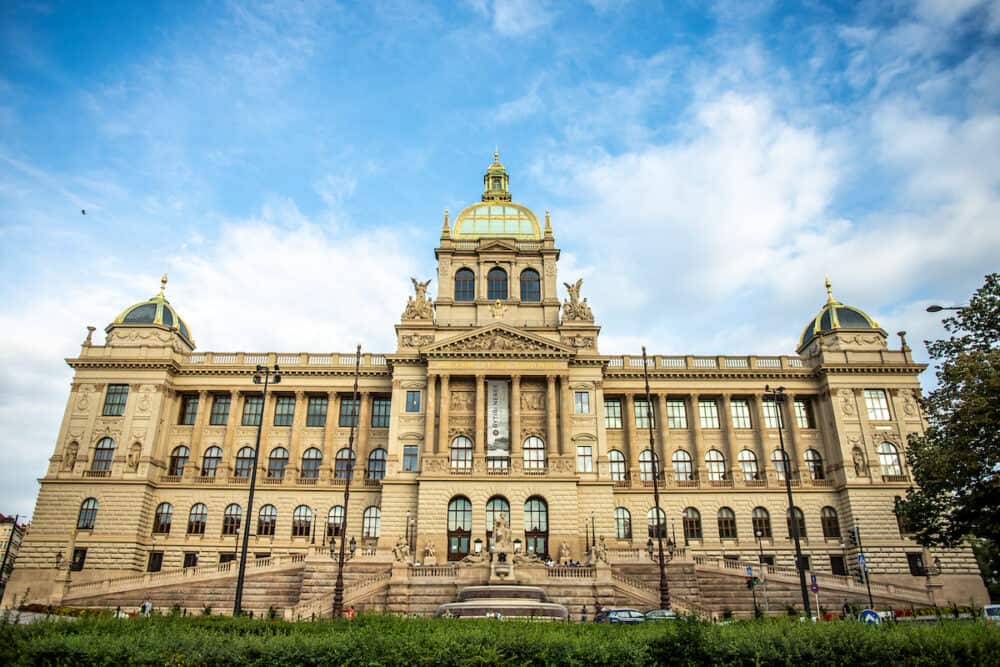
You’ve gone back in time, learnt about Prague’s tragic past and have returned to the present with a renewed respect for the city, its people and its architecture.
If you’re looking for a quintessential European escape, Prague is the city to travel to. It’s a city that isn’t boastful about its beauty… Prague is understated elegance at its finest.
I hope this Prague 3 day itinerary has been able to show you what you can see and do in Prague in 3 days.
Recommended tours in Prague
- Prague Foodie Tour
- Best of Prague: City Walking Tour, Boat Cruise, and Typical Czech Lunch
- 3-hour Complete Prague Bike Tour
- Prague Ghosts and Legends of Old Town Walking Tour
- Communism and Bunker Walking Tour in Prague
- Prague Old Town: Private Tour
- Jazz Boat: Popular Live Jazz Evening Cruise
- Grand city tour on Scrooser in Prague
- Walking Night Tour – Ghost Stories and Legends of Prague’s Old Town
- Alternative Prague Walking Tour
- Pubs of Prague Historic Tour with Drinks Included
- Prague 3-hour Afternoon Walking Tour including Prague Castle
- Prague Food Tour With Eating Europe
- Prague Old Town New Town and Jewish Quarter Morning Tour
- Prague Communism and Nuclear Bunker Tour
- WWII & Operation Anthropoid Tour with Bomb Shelter
- Mozart Concert and Dinner in Prague
If you’d like to save it for later, please save it to Pinterest.
